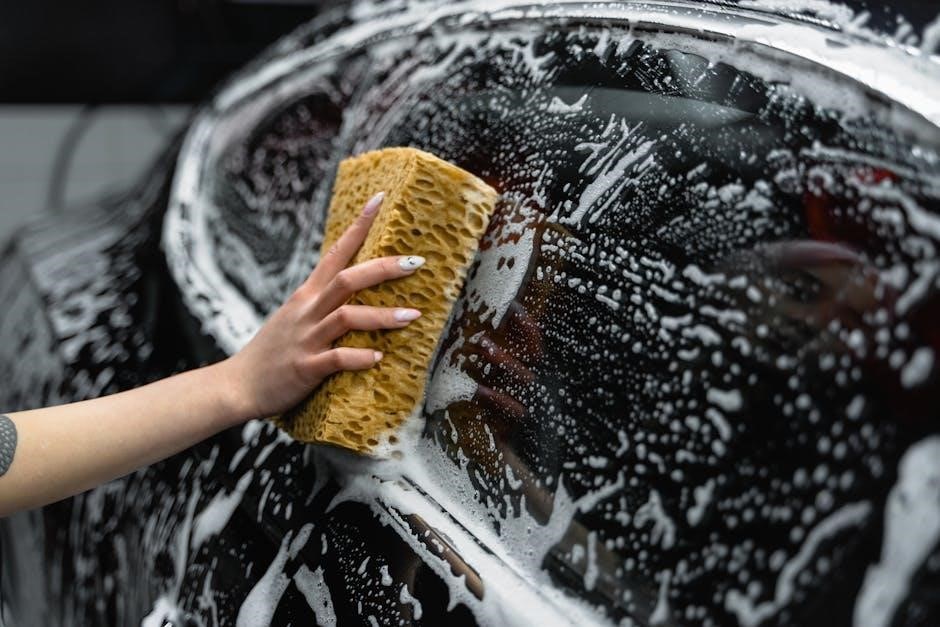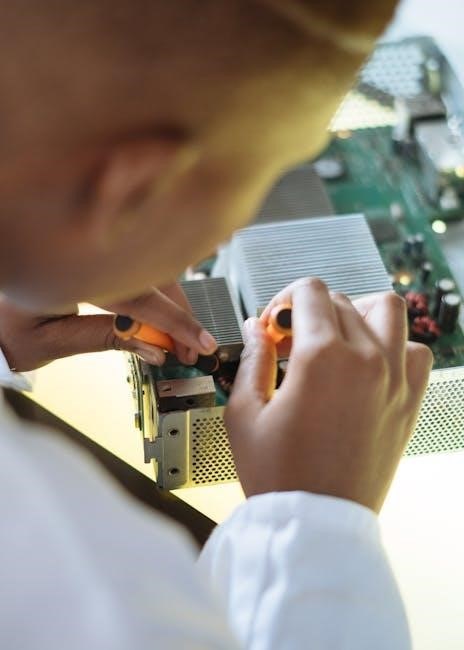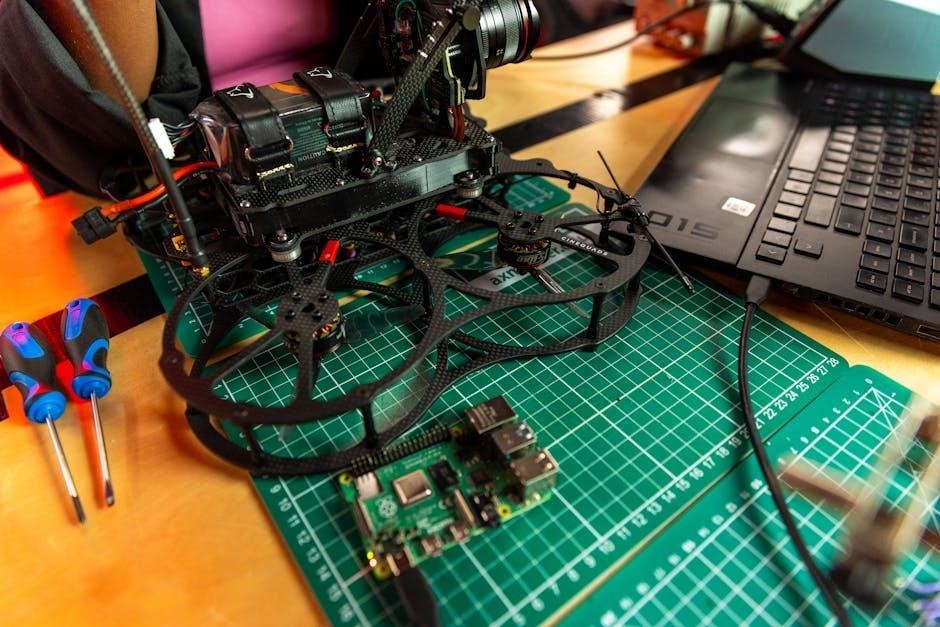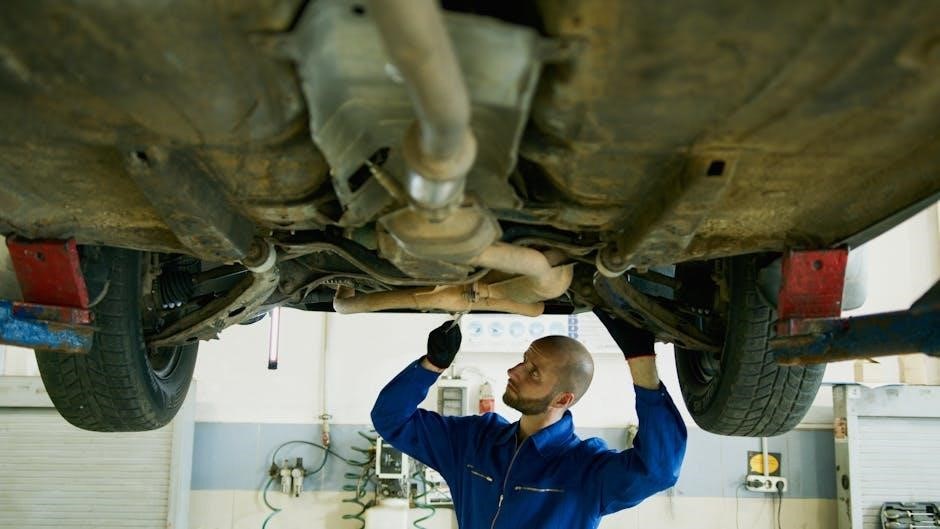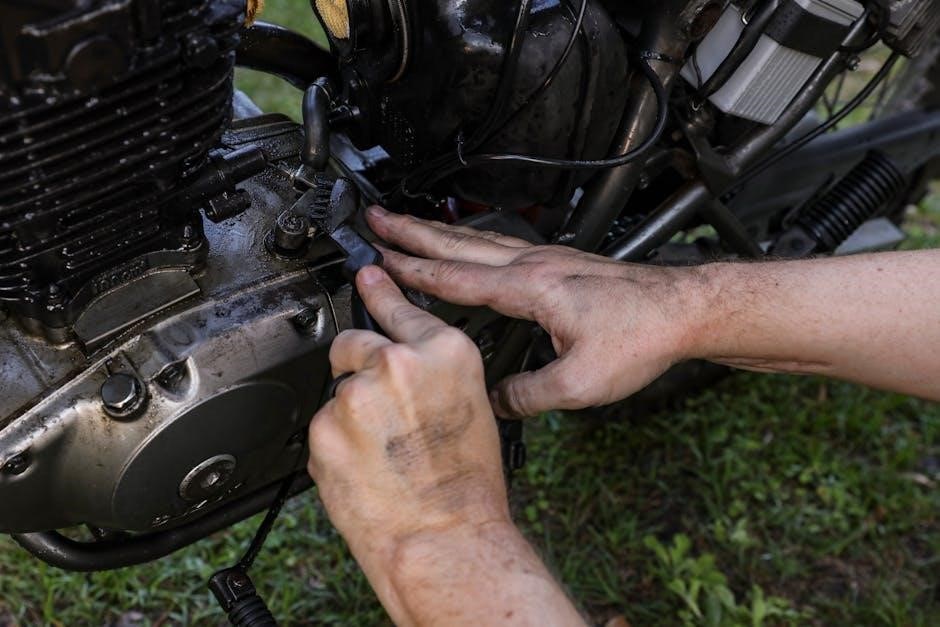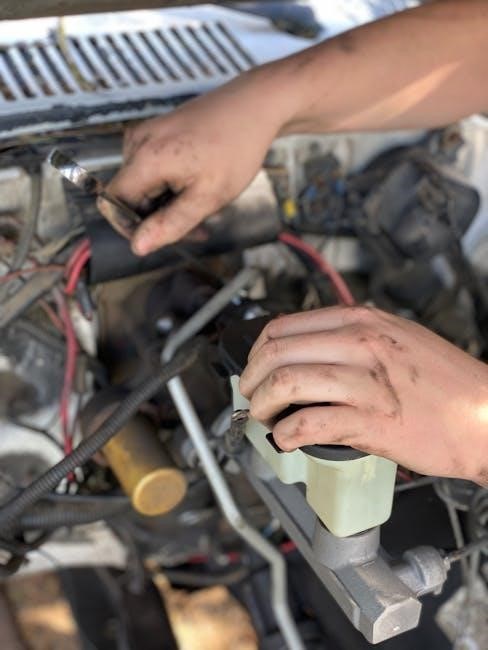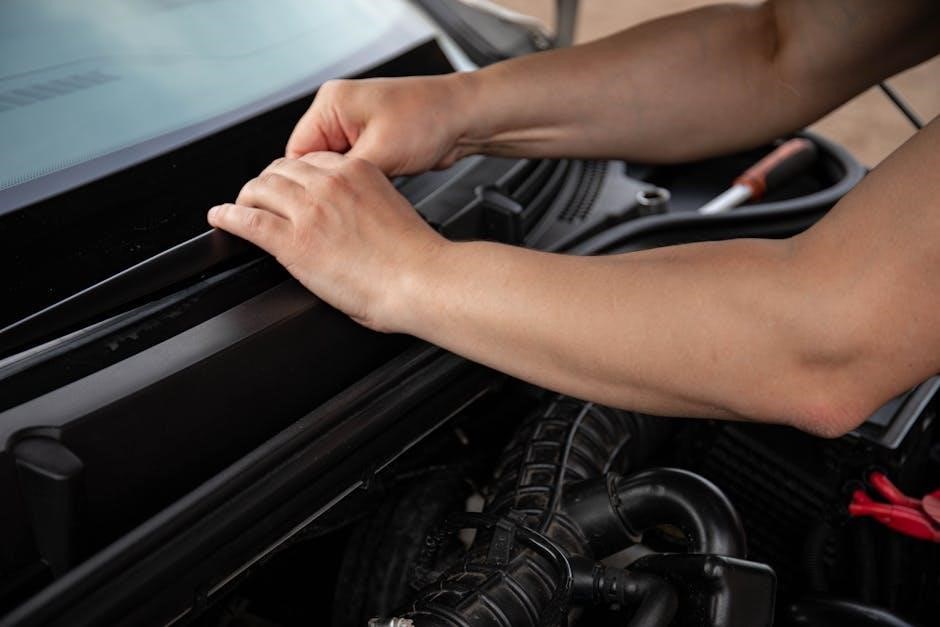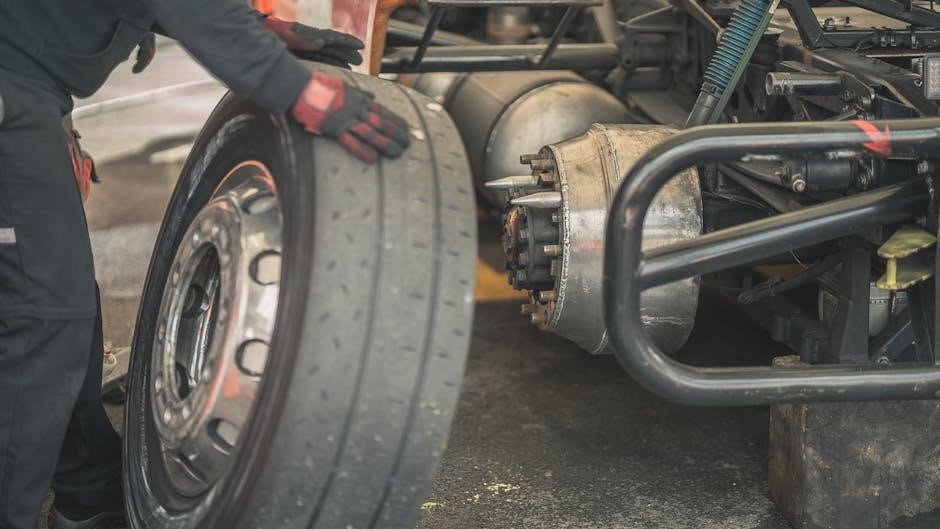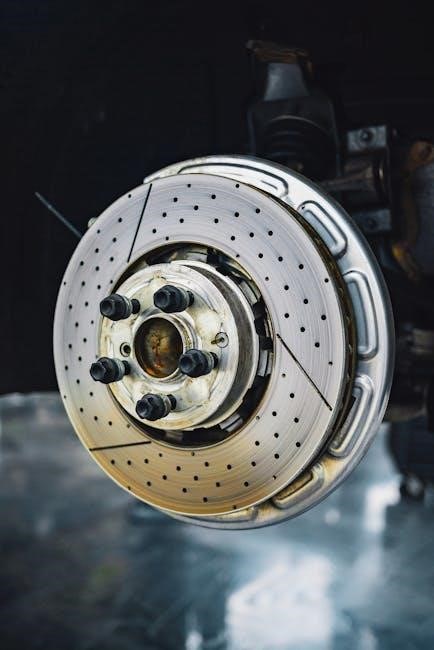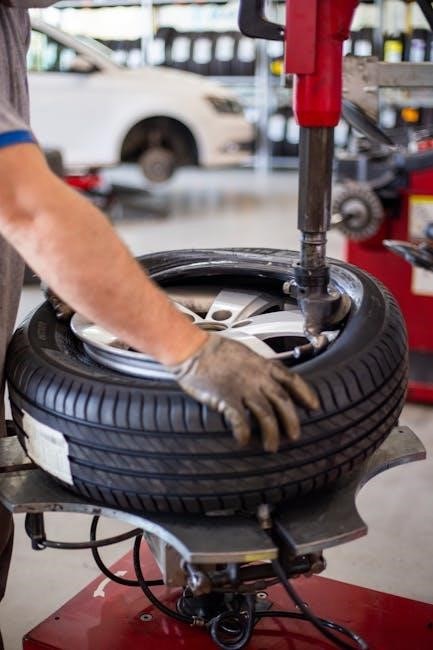Uniden DECT 6.0 Manual: A Comprehensive Guide
Uniden’s DECT 6.0 manual offers detailed setup, feature explanations, and troubleshooting – a complete guide for optimal cordless phone system performance, readily downloadable as a PDF.
Uniden’s DECT 6.0 system represents a leap in cordless phone technology, offering enhanced clarity, security, and range. This guide will unlock the full potential of your phone, covering everything from initial setup to advanced features. The DECT 6.0 standard minimizes interference, ensuring crisp conversations.
This system, detailed in the downloadable manual, provides a reliable communication solution for home or office. Whether you’re utilizing the D1484, D1481, or D3280 series, this manual serves as your comprehensive resource. Expect a user-friendly experience with features like caller ID and intercom functionality.
Understanding DECT 6.0 Technology
DECT 6.0 (Digital Enhanced Cordless Telecommunications) is a robust standard designed for secure and interference-free cordless communication. Unlike older 2.4 GHz systems, DECT 6.0 operates on a dedicated frequency band, minimizing disruption from other wireless devices. This results in superior voice quality and a more reliable connection;
Uniden leverages this technology to deliver a premium cordless phone experience. The downloadable manual explains how DECT 6.0 enhances privacy through digital encryption. It also details the increased range and reduced static compared to previous generations, ensuring clear calls throughout your home or office.
What’s Included in the Box?
Your Uniden DECT 6.0 package typically includes a base unit, one or more handsets (depending on the model – D1484, D1481, or D3280), and a rechargeable battery pack for each handset. A power adapter for the base unit and handset chargers are also provided.
The Uniden manual emphasizes verifying all components are present upon unboxing. Contact Customer Care immediately if any items are missing or damaged. The box also contains a quick start guide and this comprehensive user manual, offering detailed instructions for setup and operation.

Setting Up Your Uniden DECT 6.0 Phone
Follow the Uniden manual for easy setup: charge handsets, connect the base to a phone line, and register handsets for optimal cordless phone functionality.
Initial Charging of the Handset
Before first use, it’s crucial to fully charge your Uniden DECT 6.0 handset. The manual recommends placing the handset in the base unit’s charging cradle for a minimum of 7 hours to ensure optimal battery performance.
During charging, a charging indicator light on the handset will illuminate, typically displaying red or amber. Once fully charged, the light will usually change to green or turn off.
A fully charged handset provides the longest talk time and standby time. Refer to your specific model’s manual for detailed charging specifications and troubleshooting tips regarding battery issues. Consistent full charges extend battery lifespan.
Connecting to a Telephone Line
To connect your Uniden DECT 6.0 base unit to a telephone line, use a standard RJ11 telephone cord. Insert one end of the cord into the “Line” jack on the back of the base unit and the other end into a working telephone wall jack.
Ensure the wall jack is active and receiving a dial tone before proceeding. The manual emphasizes verifying a proper connection for optimal call quality.
If you experience issues, double-check the cord’s secure connection at both ends. Some models may have additional line filtering options; consult your specific model’s guide.
Base Unit Placement and Power
For optimal performance, place the Uniden DECT 6.0 base unit in a central, open location, away from metal objects, microwave ovens, and other sources of interference. Avoid placing it in a closet or near thick walls.
Connect the provided power adapter to the base unit and plug it into a working electrical outlet. The manual stresses the importance of using only the supplied adapter.
Ensure the power cord is securely connected and not a tripping hazard. A stable power supply is crucial for reliable operation and handset charging.
Handset Registration to the Base Unit
To register a handset, ensure the base unit is powered on and in pairing mode – typically activated by pressing a button on the base. The Uniden DECT 6.0 manual details this process specifically for each model.
On the handset, navigate to the menu and select the registration option. The handset will then search for the base unit. Follow the on-screen prompts, which may involve entering a PIN code.
Successful registration is indicated by a confirmation message on the handset display. If unsuccessful, repeat the process, ensuring both units are within range.

Navigating the User Interface
The Uniden DECT 6.0 interface features an intuitive keypad, clear display icons, and a structured menu system for easy access to all phone functions.
Handset Keypad Overview
The Uniden DECT 6.0 handset keypad is designed for user-friendly operation. Standard numeric keys facilitate dialing, while dedicated buttons provide quick access to essential functions. The Talk/Flash button initiates and manages calls, alongside volume controls for personalized audio levels.
A Menu/OK key navigates the on-screen display, confirming selections. The Back/C key allows for easy correction or returning to previous menus. The Speakerphone key activates hands-free calling, and the Mute button silences the microphone during conversations. Additionally, keys for Phonebook, Call History, and Intercom (on applicable models) streamline common tasks, enhancing overall usability.
Display Icons and Their Meanings
The Uniden DECT 6.0 handset display utilizes various icons to convey system status. A battery icon indicates remaining power levels, alerting users to recharge. Signal strength bars show the connection quality to the base unit.
A handset icon signifies an active call, while a flashing icon denotes an incoming call or message. Other icons represent features like call waiting, speakerphone activation, and mute status. A key lock icon indicates keypad locking, preventing accidental dialing. Understanding these icons ensures efficient monitoring of phone functionality and quick identification of system conditions.
Menu Structure and Navigation
The Uniden DECT 6.0 phone’s menu is accessed via the ‘Menu’ or ‘OK’ key on the handset. Navigation is primarily achieved using the directional pad – up, down, left, and right.
The main menu typically presents options like Phonebook, Call History, Settings, and Intercom. Submenus are accessed by scrolling and selecting with ‘OK’. To return to the previous menu, use the ‘Back’ or ‘Cancel’ key. Users can customize settings such as ringer volume, display brightness, and date/time within these structured menus, ensuring personalized operation.

Core Features and Functionality
Uniden DECT 6.0 phones excel at making/receiving calls, utilizing speakerphone options, and offering adjustable volume/ringer settings for a personalized user experience.
Making and Receiving Calls
Uniden DECT 6.0 phones simplify call management. To initiate a call, simply enter the number using the keypad and press the talk button. Incoming calls are indicated by a ringer and caller ID display (if subscribed to the service).
Answer calls by pressing the talk button. During a call, utilize features like mute and hold. The system supports call waiting, alerting you to incoming calls while already on a line. Review the manual for specific instructions on utilizing these features effectively. Proper setup of your telephone line is crucial for optimal call quality and functionality.
Call Waiting and Caller ID
Uniden DECT 6.0 phones often support call waiting and Caller ID, enhancing call management. When receiving a call while already on the line, call waiting provides an audible alert. To answer the waiting call, press the talk button – the current call will be placed on hold.
Caller ID displays the caller’s name and number (subscription required). The manual details how to access and utilize call logs related to Caller ID. Ensure your telephone service supports these features for full functionality. Refer to the guide for troubleshooting if Caller ID isn’t displaying correctly.
Speakerphone Operation
Uniden DECT 6.0 phones feature a convenient speakerphone for hands-free communication. Activate the speakerphone during a call by pressing the designated speakerphone button on the handset. The manual details the button’s location and function. Adjust the volume using the volume control keys to achieve a comfortable listening level.
To return to handset mode, simply press the talk button. The speakerphone offers flexibility for multitasking during calls. Refer to the troubleshooting section if audio quality is poor while using the speakerphone; ensure clear line of sight to the base unit.
Volume Control and Ringer Settings
Uniden DECT 6.0 phones allow customizable volume control for both the earpiece during calls and the ringer when receiving calls. Use the dedicated volume up and down keys on the handset to adjust the listening volume to your preference. The manual illustrates these controls clearly.
Ringer settings can be modified through the phone’s menu. Options typically include different ringer tones and volume levels. You can also set distinct ringers for different contacts. Consult the manual for detailed menu navigation instructions to personalize your phone’s audio experience.

Advanced Features
Uniden DECT 6.0 phones boast advanced features like phonebook management, call history, intercom, and, on select models (D3280), Bluetooth connectivity.
Phonebook Management
Uniden DECT 6.0 phones offer robust phonebook capabilities, allowing users to store and easily access numerous contacts. You can typically add names and numbers directly from the handset keypad or, on some models, via Bluetooth synchronization with compatible smartphones.
The phonebook often supports multiple entries per name, accommodating various phone numbers like mobile, home, and work. Editing and deleting contacts are straightforward processes navigated through the handset’s menu system. Some models also allow for caller group assignment, enabling convenient call filtering and identification. Efficient phonebook management enhances the overall user experience.
Call History and Redial
Uniden DECT 6.0 phones maintain a detailed call history log, storing both incoming and outgoing calls with timestamps. This feature allows users to easily review recent conversations and quickly redial frequently contacted numbers. The call history typically displays the caller’s name (if available from Caller ID) or the phone number.
Redialing is usually a simple one-touch operation, often accessible directly from the call history menu. The capacity of the call history log varies by model, but generally accommodates a substantial number of entries. Efficiently utilizing call history and redial saves time and simplifies communication.
Intercom Functionality
Uniden DECT 6.0 systems often include a convenient intercom feature, enabling communication between registered handsets. This allows for private conversations within the home without utilizing the external telephone line. To initiate an intercom call, users typically select the desired handset from a contacts list or directly enter its extension number.
Intercom calls offer a clear and reliable connection, ideal for quick announcements or private discussions. Some models may support group intercom calls, broadcasting a message to multiple handsets simultaneously. This feature enhances household communication and provides added convenience.
Bluetooth Connectivity (If Applicable ⎼ D3280 Model)
The Uniden D3280 model distinguishes itself with integrated Bluetooth technology, allowing seamless pairing with compatible mobile phones. This connectivity enables users to access their phonebook directly from the handset and make/receive calls using the cordless phone, leveraging their cellular service.
Bluetooth functionality also facilitates audio streaming from smartphones, transforming the D3280 into a convenient speakerphone. Pairing is typically straightforward, guided by on-screen prompts. This feature offers flexibility, combining landline and cellular capabilities into a single, user-friendly device.
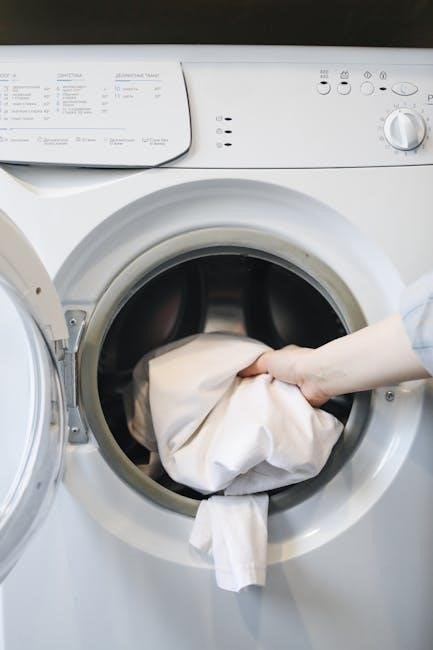
Troubleshooting Common Issues
Uniden DECT 6.0 troubleshooting addresses issues like no dial tone, poor audio, handset registration failures, and battery problems – solutions are within the manual.
No Dial Tone
Experiencing no dial tone with your Uniden DECT 6.0 phone? First, verify the telephone line cord is securely connected to both the base unit and the wall jack. Ensure the phone line is active by testing with a known working phone.
Check that the base unit is properly powered on and the AC adapter is firmly plugged into a functioning outlet. Confirm the base unit’s line indicator light is illuminated, signifying a connection. If the problem persists, try a different telephone cord or wall jack; Consult the manual for advanced troubleshooting steps, including resetting the base unit.
Poor Audio Quality
If you’re encountering poor audio quality with your Uniden DECT 6.0 phone, begin by checking the handset’s volume level and ensuring it isn’t muted. Verify there are no obstructions or interference sources near the base unit or handset, like other electronic devices.
Try moving the base unit to a more central location, away from walls and metal objects. Confirm the handset antenna is fully extended. Consider if the issue occurs on all calls or just specific numbers, indicating a potential problem with the phone line itself. Refer to the manual for further diagnostic steps.
Handset Not Registering
If your Uniden DECT 6.0 handset isn’t registering to the base unit, first ensure both are adequately charged. Attempt a manual handset registration process, as detailed in your user manual – typically involving pressing and holding a specific button on both devices.
Verify the handset isn’t already registered to another base unit. Try resetting both the handset and base unit to factory defaults (consult the manual for instructions). Confirm the base unit is properly powered and functioning. If problems persist, consult the troubleshooting section of the manual or Uniden’s support resources.
Battery Issues and Charging Problems
If your Uniden DECT 6.0 handset experiences battery issues or charging problems, ensure the handset is correctly placed in the charger, making good contact. Verify the charger is properly plugged into a working power outlet. Try a different outlet to rule out electrical issues.
Allow sufficient charging time – typically several hours for a full charge. If the battery still doesn’t charge, it may need replacing; consult the manual for battery replacement instructions. Check for any debris obstructing the charging contacts. Refer to the manual’s troubleshooting section for further assistance.

Downloading the Official Manual
Access the Uniden website to locate and download the DECT 6.0 manual in PDF format, offering convenient access to guides and support resources.
Accessing the Uniden Website
To begin, navigate to the official Uniden website – typically found at www.uniden.com. From the homepage, locate the “Support” or “Downloads” section, often found in the main navigation menu or the website footer. Within the support area, you’ll likely find a search bar or a categorized list of products.
Enter “DECT 6.0” or your specific model number (like D1484 or D3280) into the search bar. This will filter the results to relevant documentation. Alternatively, browse the cordless phone category to find your model. Clicking on your phone model will lead you to a dedicated support page containing downloadable manuals and resources.
Locating the DECT 6.0 Manual PDF
Once on your specific model’s support page, you should see a “Manuals” or “Downloads” tab. Click this to reveal a list of available documents. The DECT 6.0 manual is typically offered as a PDF file, clearly labeled with the model number (e.g., D1484 Manual.pdf).
Look for a direct download link or a button labeled “Download PDF.” Clicking this will initiate the download to your computer or device. Ensure you have a PDF reader installed (like Adobe Acrobat Reader) to open and view the manual. The PDF contains comprehensive instructions and troubleshooting guidance.
Available Languages and Versions
Generally, Uniden primarily offers the DECT 6.0 manual in English for North American models. However, depending on the specific region and model, you might find versions in Spanish or French available for download on the Uniden website.
Check the download page carefully for language options. Different versions may exist for slightly varied models within the DECT 6.0 series (like D1484 vs. D3280). Always select the manual that precisely matches your phone’s model number to ensure accurate instructions and feature information.

Safety Information and Warranty
Uniden prioritizes safety; the manual details precautions and outlines warranty details, including registration instructions, and provides customer support contact information.
Important Safety Precautions
Uniden emphasizes several crucial safety precautions within the DECT 6.0 manual. Always use the provided power adapter to avoid damage. Keep the base unit and handset away from water and excessive moisture. Do not disassemble the device; refer servicing to qualified personnel. Avoid using the phone during electrical storms.
Prevent fire hazards by not placing the phone near heat sources. Clean the phone with a slightly damp cloth only. Ensure proper ventilation around the base unit. Follow all warning labels on the device. These precautions ensure safe operation and prolong the lifespan of your Uniden DECT 6;0 phone system.
Warranty Details and Registration
Uniden provides a warranty for the DECT 6.0 phone system, details of which are outlined in the manual. Typically, this covers defects in materials and workmanship for a specified period from the date of purchase. To activate the warranty, online registration is often required.
Keep your proof of purchase safe! The manual directs users to the Uniden website for registration and complete warranty terms. Registering ensures access to support and potential updates. Failure to register may affect warranty claims. Review the manual for specific warranty duration and limitations.
Customer Support Contact Information
Uniden offers several avenues for customer support regarding your DECT 6.0 phone. The official manual directs users to their Customer Care Line for immediate assistance with missing or damaged items, or general inquiries.
Visit the Uniden website for frequently asked questions, downloadable resources, and troubleshooting guides. You can also find contact details – typically a phone number and potentially an email address – for direct support. Online chat support may also be available. Refer to the manual or website for the most current contact information.

Specific Model Variations
Uniden DECT 6.0 phones come in series like D1484, D1481, and D3280 (Bluetooth enabled), each with unique features detailed in their specific manuals.
D1484 Series Specifics
The Uniden D1484 series represents a reliable DECT 6.0 cordless phone system, focusing on clear communication and essential features. This model, detailed in its dedicated user guide, typically includes a user-friendly interface and robust call management capabilities. Users can expect features like caller ID, call waiting, and a convenient phonebook.

Troubleshooting sections within the D1484 manual address common issues such as no dial tone or poor audio quality. The manual provides step-by-step instructions for handset registration and base unit setup, ensuring a smooth user experience. It’s designed for straightforward operation, making it ideal for everyday home use. Download the PDF for comprehensive support.
D1481 Series Specifics
The Uniden D1481 series, covered extensively in its user manual, delivers dependable DECT 6.0 performance with a focus on simplicity. This model provides essential features like caller ID and call waiting, alongside a practical phonebook for easy contact management. The downloadable PDF guide offers clear instructions for initial setup, including handset registration and base unit placement.
Troubleshooting sections address common concerns, such as resolving no dial tone issues or improving audio clarity. The D1481 manual emphasizes ease of use, making it a suitable choice for users seeking a straightforward cordless phone experience. It’s a reliable system for everyday communication needs, supported by comprehensive documentation.
D3280 Series Specifics (Bluetooth Model)
The Uniden D3280, detailed in its dedicated manual, distinguishes itself as a Bluetooth-enabled DECT 6.0 phone. This allows seamless integration with cellular phones, offering a combined landline and mobile calling solution. The downloadable PDF guide provides specific instructions for Bluetooth pairing and usage, alongside standard DECT 6.0 features.
Users can leverage the phonebook synchronization and hands-free calling capabilities via Bluetooth. Troubleshooting sections address connectivity issues and optimal pairing procedures. The D3280 manual highlights its versatility, catering to those wanting to consolidate communication methods. It’s an attractive option for eliminating landlines or enhancing call management.

